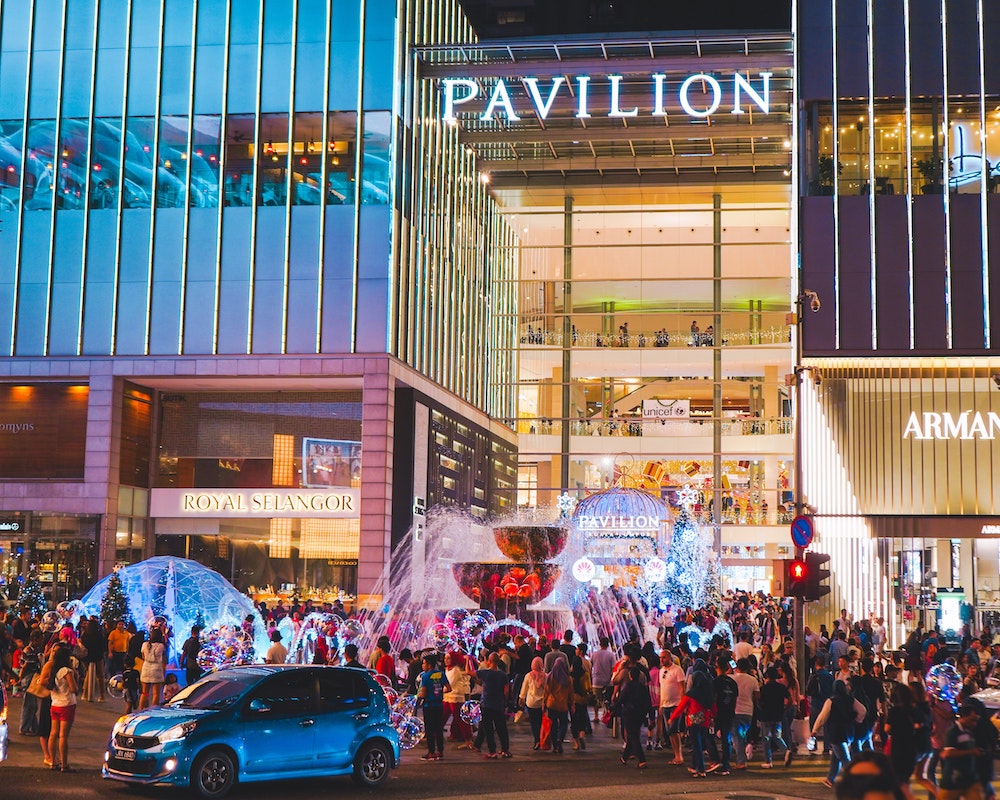
Shopping festivals are not new, they have been a part of Dubai’s consumer landscape for many years.
Dubai Shopping Festival (DFS) and Dubai Summer Surprises (DSS) have been a mainstay of the retail scene here for the best part of the last two decades. As great as they are, shopping festivals have certainly affected what we buy and when we buy it. Retailers and brands alike have traditionally offered great deals during these festivals across a range of categories – and they’ve seen shoppers flock to malls and stores to take advantage.
However, as our shopping behavior evolves and more and more of us move to online platforms, the way we plan what we buy is changing. In the last year, we have seen a new type of shopping festival gain traction here. Black Friday and the recent Amazon Prime Day seem to have heralded a major shift in shopper attention and participation in shopping festivals in the region. With multiple retailers now joining in.
When Amazon acquired Souk.com in 2017, it was inevitable that the playbook of online retailing tactics seen in other Amazon markets would soon be evident here. It was also only a matter of time before other players would ride on the same wave – contributing to an explosion of online retail growth – especially during shopping festivals.
Whilst e-commerce in all its form was already growing across the Middle East, the pandemic has accelerated things at breakneck speed. That’s especially true in multi brand marketplaces like Amazon and noon.com who have seen exponential growth in the past 2 years, dominating a significant market share. Unsurprisingly, the spike in sales seen during shopping festivals is starting to play an even bigger role in driving up those numbers.
It’s a trend seen elsewhere across the world. In the US and China, where shopping festivals (or ‘big windows’ as they are known) have become a focal point in the shopping calendar and marketing planning , events such as Alibaba’s Singles Day and JingDong’s 6.18 now account for a significant proportion of overall annual sales.
So, with Black Friday, Amazon Prime Day, Singles Day now established in shoppers’ minds here, along with DSF and DSS, Back to School and the seasonal deals offered during Ramadan and Eid – you have to wonder and worry about the future of selling, at what brands would consider their full price.
Put it this way, if a shampoo consumer uses a bottle of their favourite product each month, that’s 12 purchases every year. If they know that at 3 or 4 times a year, they can buy that product at a significantly reduced cost (during one of the many shopping festivals in the calendar), then it’s likely they may only be interested in purchasing then.
One click of a button, and they are fully stocked up for the whole year. You do start to wonder what the objective and benefit of extensive marketing at other times outside of these shopping festivals would be, if this trend continues.
This is likely to become a major dilemma for marketers in the region, who quite rightly want to properly drive their brand equity across all retail channels, whilst at the same time, maximize sales during the times and occasions shoppers are most likely to buy.
Marketers know that if a brand can convey a clear benefit and show superiority at retail (in-store or online), they will avoid deselection and can command a premium. However, with Shopper motivations in the run up to and during the shopping festivals being so clearly driven by price, then other messages can become invisible in the shopper’s quest for a deal. Add to that, platform algorithms increasingly giving search visibility to brands’ products on deals and offers, and you can see the temptation to join in.
The pandemic has removed the importance of differentiating between retail channels. We no longer care where we buy, so long as it is budget friendly and convenient. With shopping festivals becoming more and more ‘Onmi-commerce’, there are fewer opportunities for brands and retailers to opt out.
This has encouraged many brands to adopt the age-old ‘if you can’t beat them, join them’ mentality. However, if not managed carefully – this could lead to disaster. Once a shopper has a perception of value of what things should cost, it rarely goes up – especially in FMCG.
So, it’s never been more important to plan brand communications at the top of the purchase funnel around new shopper behaviors. As festival-led discounting continues to gather more traction, there will be a real need for brands and retailers to focus even harder on communications that provide a clear reason to buy, and when to buy. Selling products outside of festivals without a clear and tangible benefit for the consumer will most likely become much harder. This is where both consumer and shopper insight and creative expertise is needed.
If shopping festivals are a train that brands can ill afford to miss, there will need to be clear and intentional planning from brands and retailers, and a significant shift in future go-to-market planning.
After all, if shoppers expect – then retail must deliver.
The job of shopper marketers and their agencies will be to go beyond expectations and create excitement, delight and purchase momentum at times when it's most needed.
Opinions in this piece belong to the author






